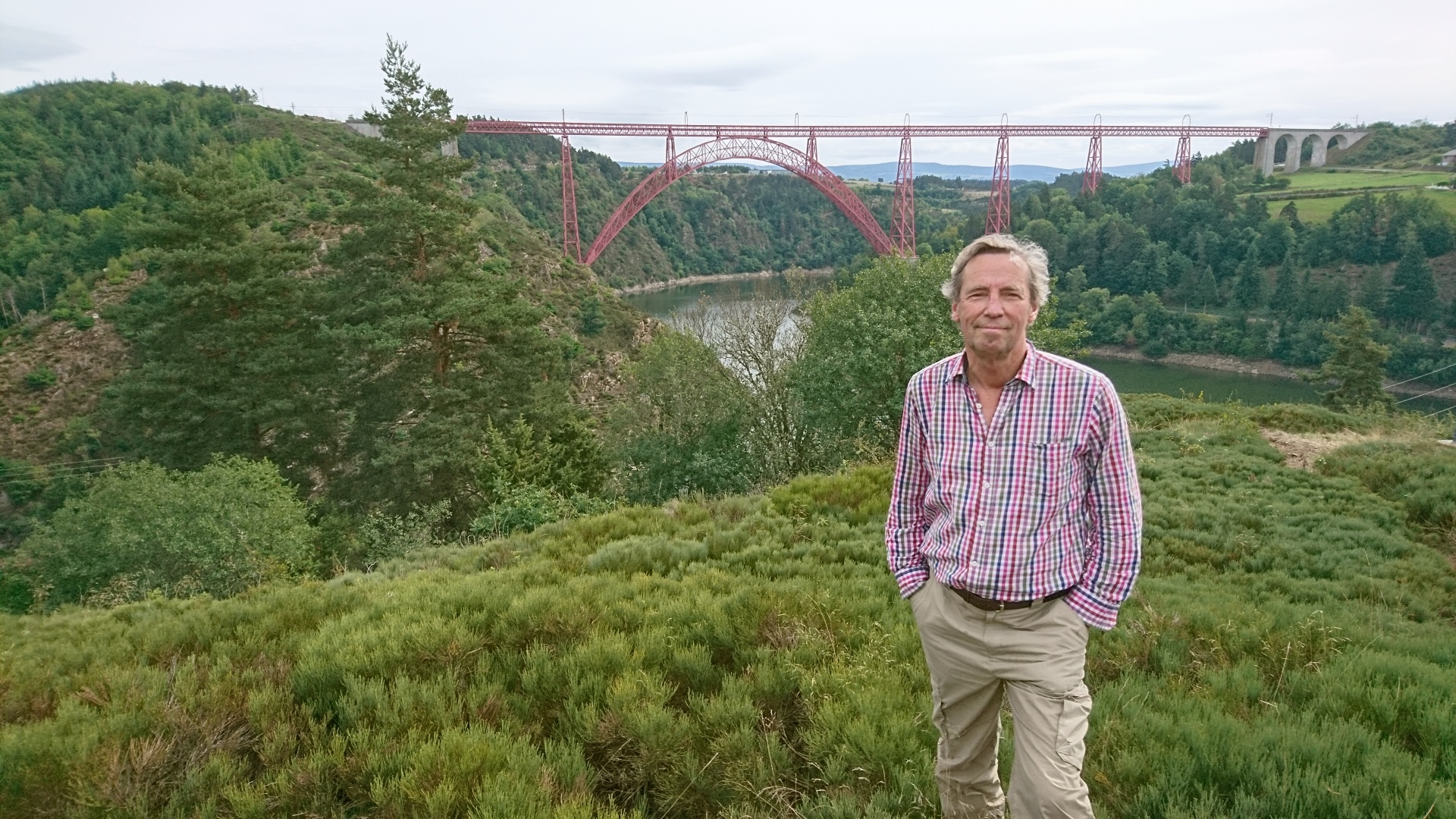Hyper-scenic delights in the Massif Central
There’s a subtle buzz when a train sets off on what I’d call a hyper-scenic route. It may well be a mere two-coach diesel, from a mundane city like Leeds or Clermont-Ferrand. But some of the passengers are different. They’ve got cameras, journals, route maps. Some are outdoors types with hiking gear or touring bikes. … Read more

